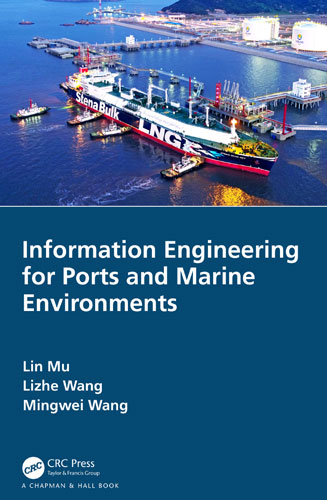Сб с 10 до 16
Information engineering for ports and marine environments/Информационная инженерия для портов и морской среды
Издание на английском языке
With the economic development and globalization of China, the large-scale and specialization of international shipping, a sense of urgency is put forward for the construction of the offshore port in our country, and new vitality is brought into the large-scale of offshore ports, especially after joining in WTO and the growth of international competition. There are several important offshore ports in China, such as Tianjin Port. Yangshan Port, Ningbo-Zhoushan Port, Huanghua Port et al.; most of them are located on coasts of muddy and muddy silty, and the depth of water is shallow, the sediment deposition is serious and the large ship is operated by tide. In order to sufficiently keep the rapid and stable economic growth in bays, estuaries and deltas, guarantee the security of ports, channel and resource development of oil and gas, it is essential to provide the information service of sediment and ocean hydrometeorology with width coverage, and forecasting and warning information.
Contents
Authors
Foreword
Preface
Acknowledgment
1 Key Issues in Marine Environment Information Support Technology
1.1 Research on the operational forecasting technology for tide-bound water levels
1.2 Research on emergency response technology for marine oil spills
1.3 Technical research on sediment transport in estuary and coastal areas
2 Fundamentals of Fluid Mechanics and Marine Dynamics Modelling
2.1 Research content
2.2 Atmosphere module
2.3 Marine wave module
2.4 Marine current module
3 Forecasting Technology of Tide-bound Water Levels
3.1 Research content
3.2 Result verification
3.3 Software of operational tide-bound water-level forecast system
3.4 Social-economic benefits and application prospects
4 Key Technology of Oil Spill Early-warning and Forecasting
4.1 Research content
4.2 Forecast module of the marine dynamics environment
4.3 Forecasting module of meteorological wind-field environment
4.4 Detailed introduction to operation of a marine environment forecast system for an oil spill in the Bohai Sea
4.5 Model verification with cases and operational application
5 Forecasting Technology of Sediment Transport
5.1 Research content
5.2 Mathematical model of wind-wave field
5.3 Numerical simulation of tidal current
5.4 Numerical simulation of sediment transport
6 Research of Integrated Marine Environment Information Support and Forecast System
6.1 Research content
6.2 Purpose of the research
6.3 Steps of the research
6.4 System design
6.5 Database building
6.6 Construction of marine environment information support and forecast system
6.7 Release and shared application of system achievements
7 Case Application at Tianjin Port
7.1 Technology of marine environment information support and service for ports and shipping at Tianjin Port
7.2 Characteristic and engineering impact of hydrodynamics and sediment transport
8 Case Application at Yangshan Port
8.1 Field observation and survey at sea
8.2 Characteristics and engineering impact of hydrodynamics and sediment transport at Yangshan Port
Bibliography
Index




